LPOTY 2017: How to Take Better Landscape Photographs
LPOTY is now open for entries. Read this before you start snapping…
This post may contain affiliate links. Learn more
The competition to find the Landscape Photographer of the Year is now open for entries (with a top prize of £10,000). The closing date is 8 July, so you’ve still got time to capture the perfect image. Need some help? Browse some of the highlights of last year’s LPOTY competition, and follow top photographer and founder of LPOTY, Charlie Waite’s tips for taking beautiful country photographs.
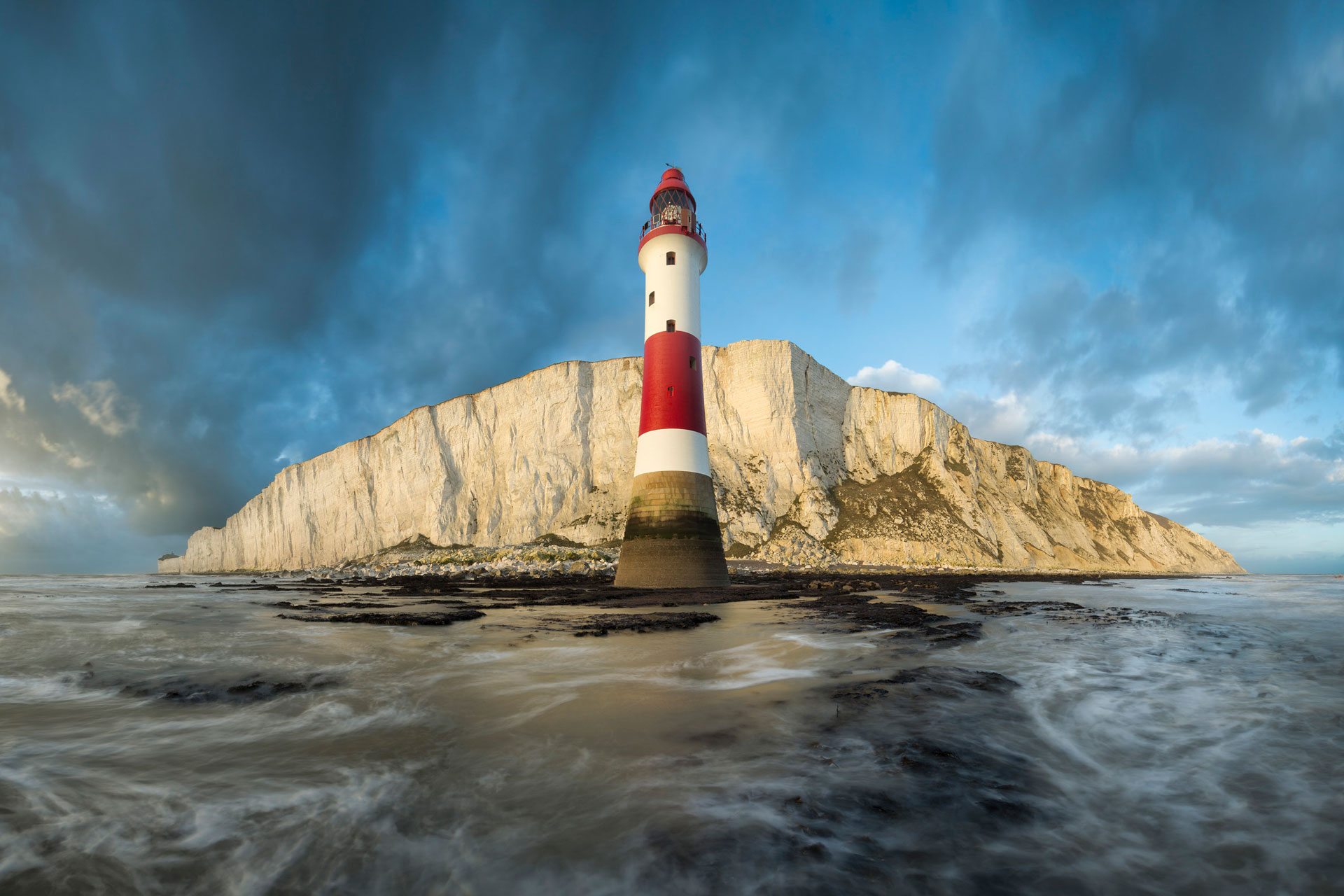
© Mirek Galagus, ‘The Guardian of The Island’, Beachy Head, East Sussex, England, Landscape Photographer of the Year 2016
LPOTY: How to Take Better Landscape Photographs
Photographers are fortunate that Britain benefits from seasonal variation which provides a constantly changing colour palate. Unifying colours, such as these russets tones of autumn, create a strong image and the use of a device, in this case a gate, leads viewers on to explore the different planes of the image and suggests the idea of moving from shelter into the wider world.
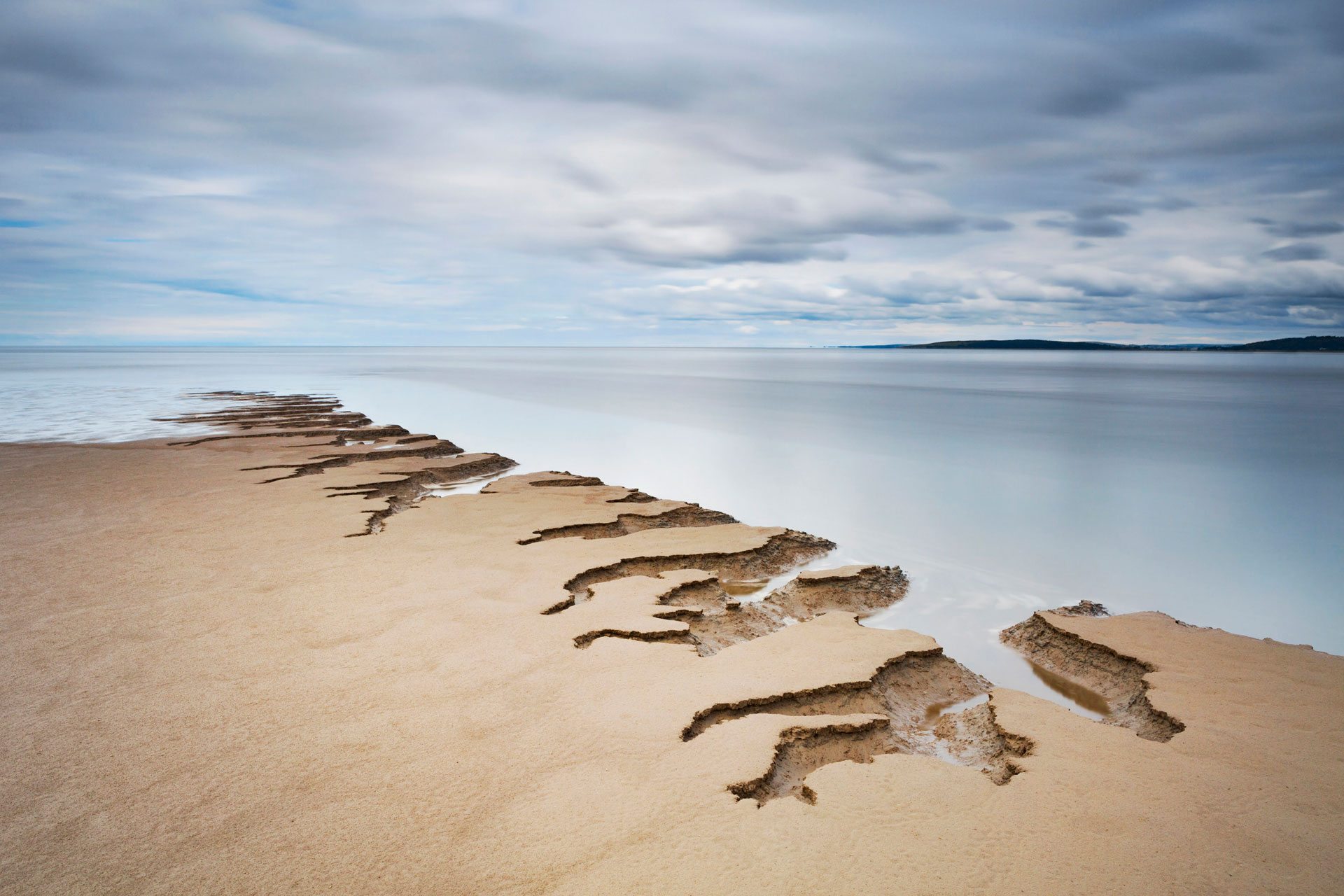
© Tony Higginson, Shifting Sands, Silverdale, Lancashire, England, Your View winner, Landscape Photographer of the Year 2016
Don’t always assume you need bright sunlight for landscape photography. The weather is key to the mood of the final image and advance planning and patience are invaluable. Be prepared to wait for the optimum moment, especially in fast changing conditions. Experiment with positioning and be brave with the main point of focus; the widely adopted ‘rule of thirds’ can be broken and a sometimes a central position is the best one.
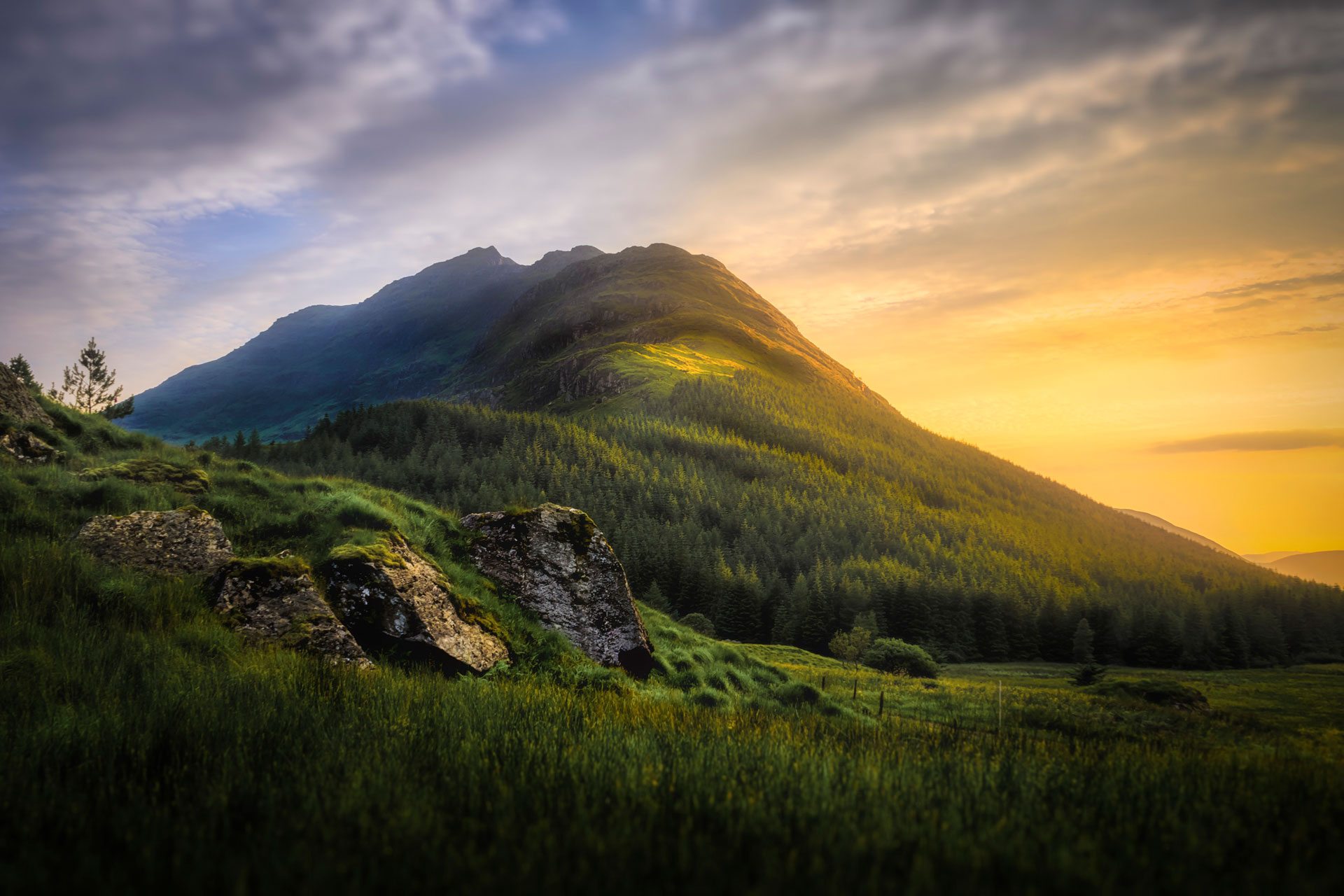
© Tim Burgess, Mountain Sunset, Southern Scotland, Landscape Photographer of the Year 2016
Repetition of shape and obvious geometry is pleasing to the human eye. Oblique lighting can accentuate textures and give a greater feel of depth to an image.
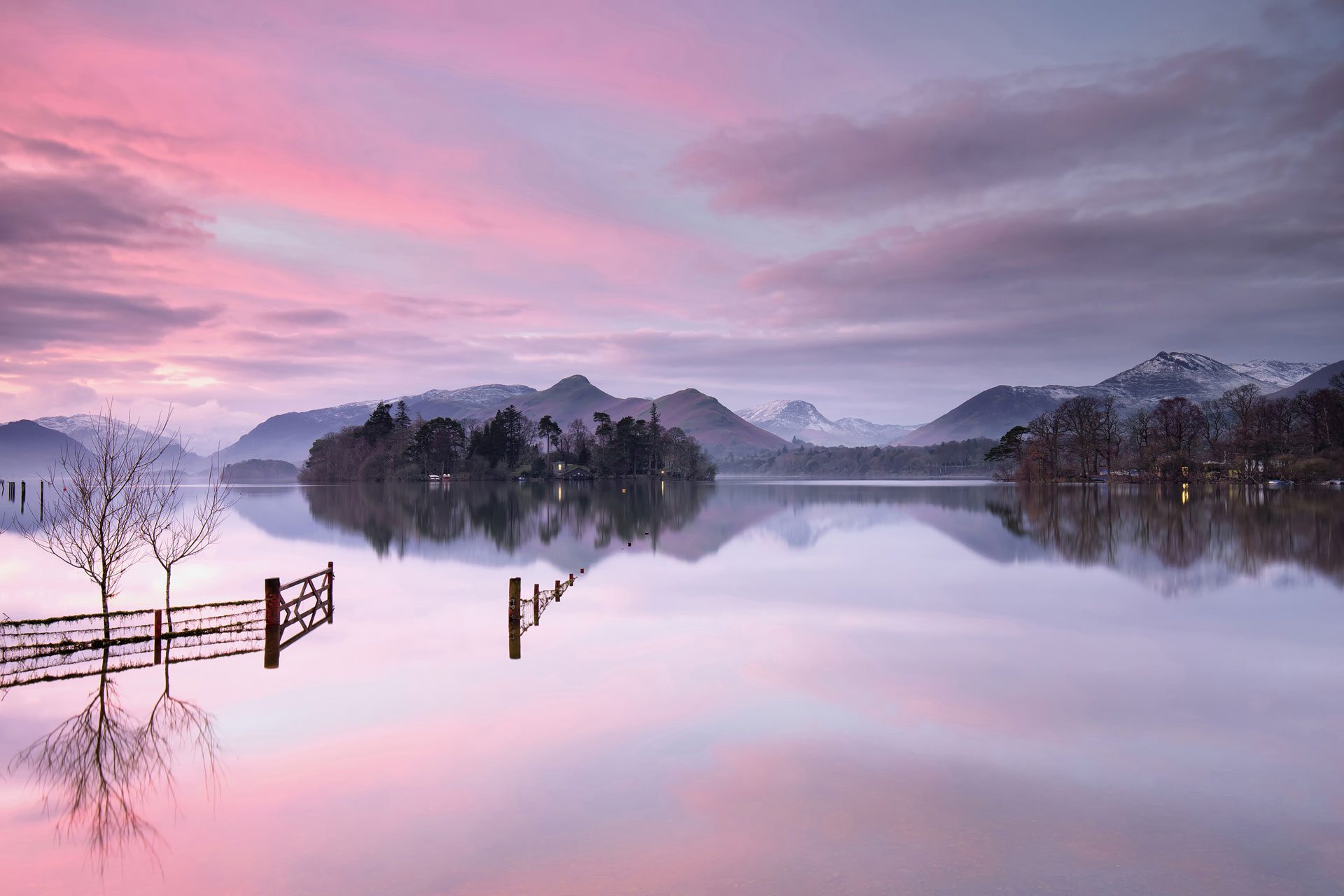
© Phil Buckle, ‘Gateway To The Lakes’, Crow Park, Derwentwater, Cumbria, England, Landscape Photographer of the Year 2016
The Golden Hour
Consider subduing foreground detail by placing in shadow, which creates a platform on which the rest of the image can sit, giving a theatrical, stage-like effect. The ‘golden hour’, which occurs just post-dawn and pre- dusk offers long shadows ideal for landscape photography.
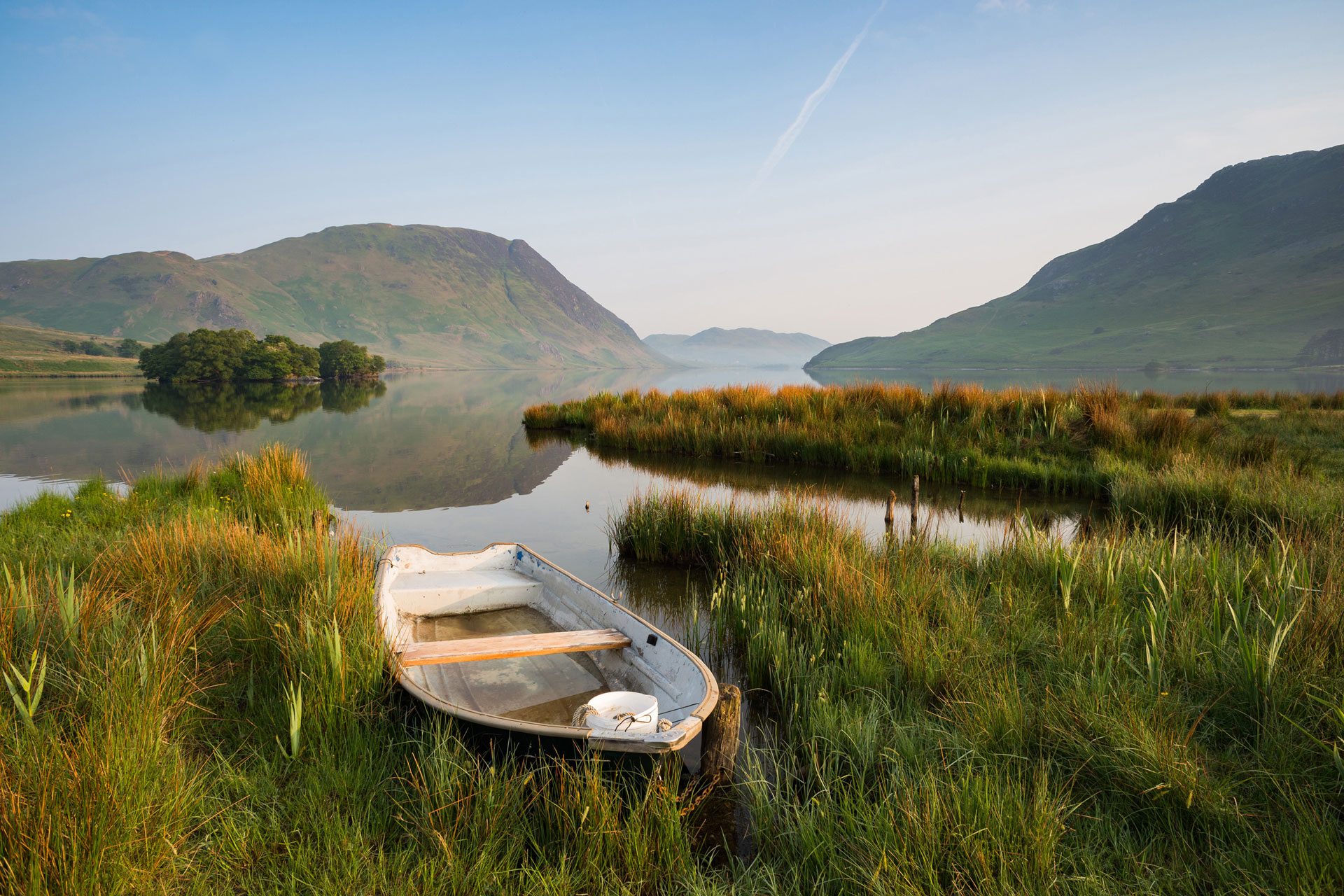
© Peter Henry, ‘Morning Light at Crummock Water’, Cumbria, England, Landscape Photographer of the Year 2016
If you are fortunate to have cloud interest, relating this to foreground detail can create a cohesive and pleasing whole. The main feature doesn’t always have to dominate the frame.
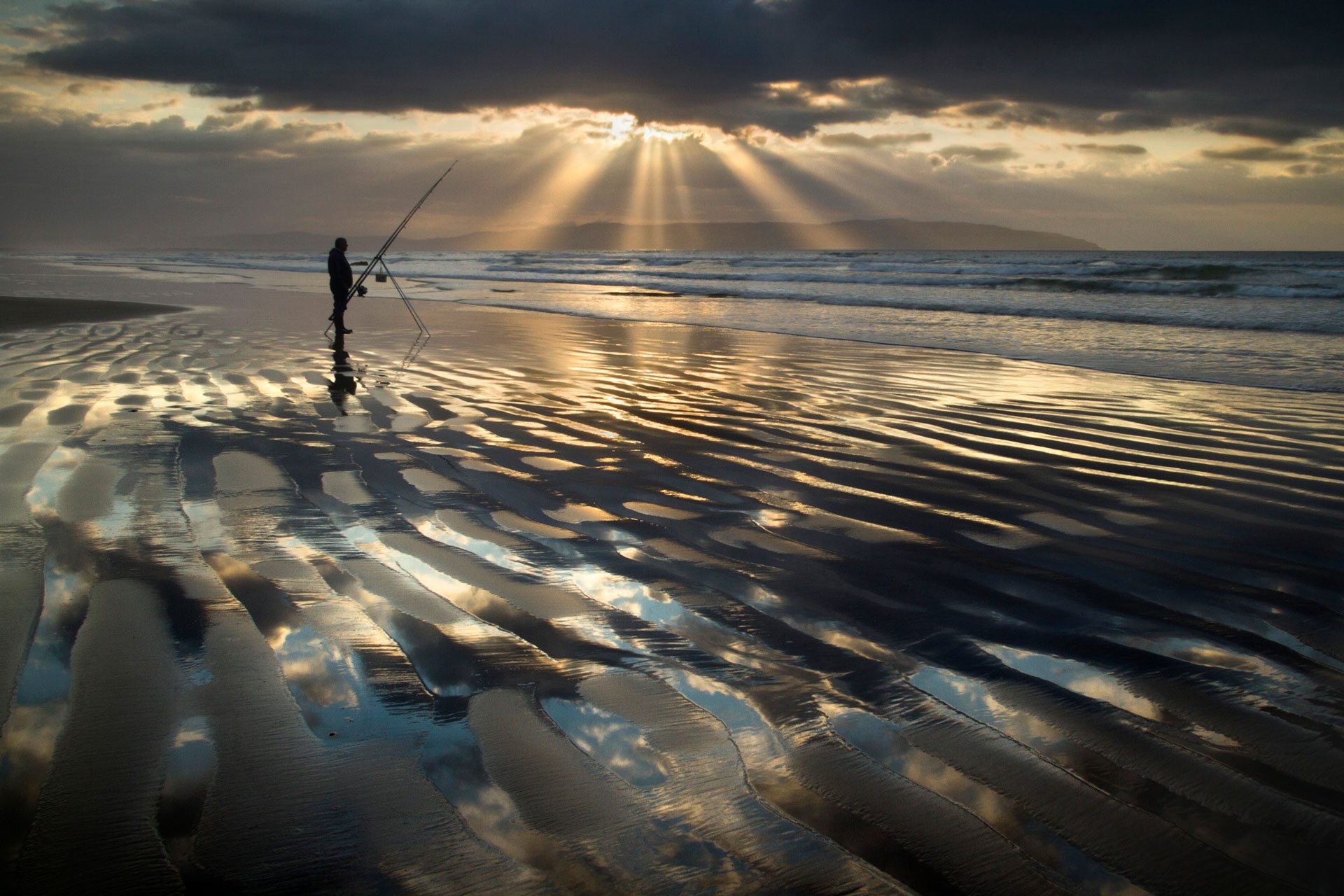
© Paul Killeen, Downhill at Dusk, Northern Island, Landscape Photographer of the Year, 2016
Seek a reflection that is as immaculate as possible and ensure that the mirrored image is complete and not truncated. A reflection is always slightly darker than its source, so don’t be tempted to lighten it in post- production, as the human eye will be aware of the anomaly.
READ MORE: The C&TH Guide: How to Collect Photographs
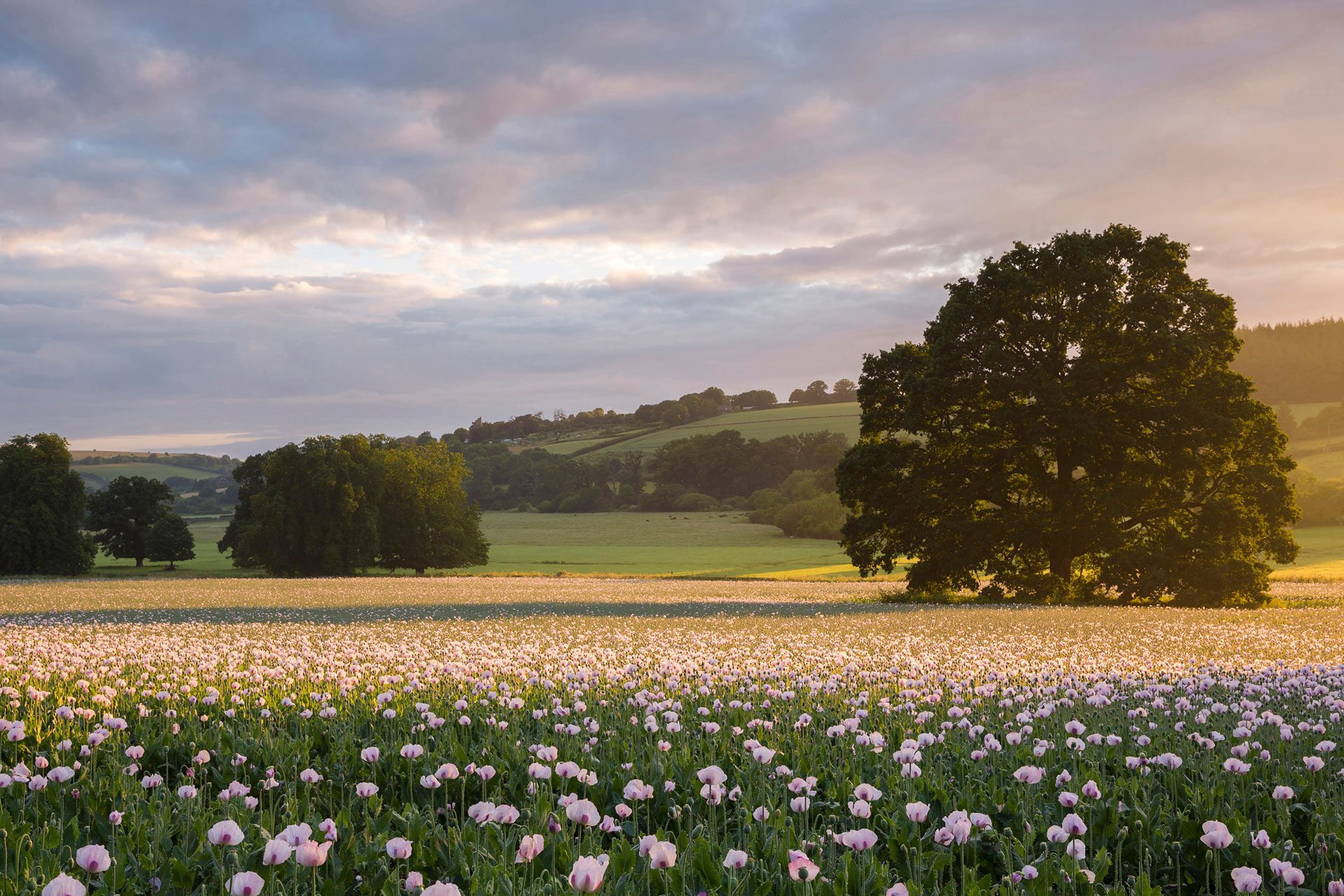
© Opium Poppies, Jake Turner, Durweston, Dorset, England, Landscape Photographer of the Year, 2016
Exit Lines
Anything rhythmical within the landscape should find the easiest way to exit the frame, which is usually through the corners, not slamming into side of the frame. Leading lines within the landscape, such as roads and paths help us to find our way through an image in a visual sense.
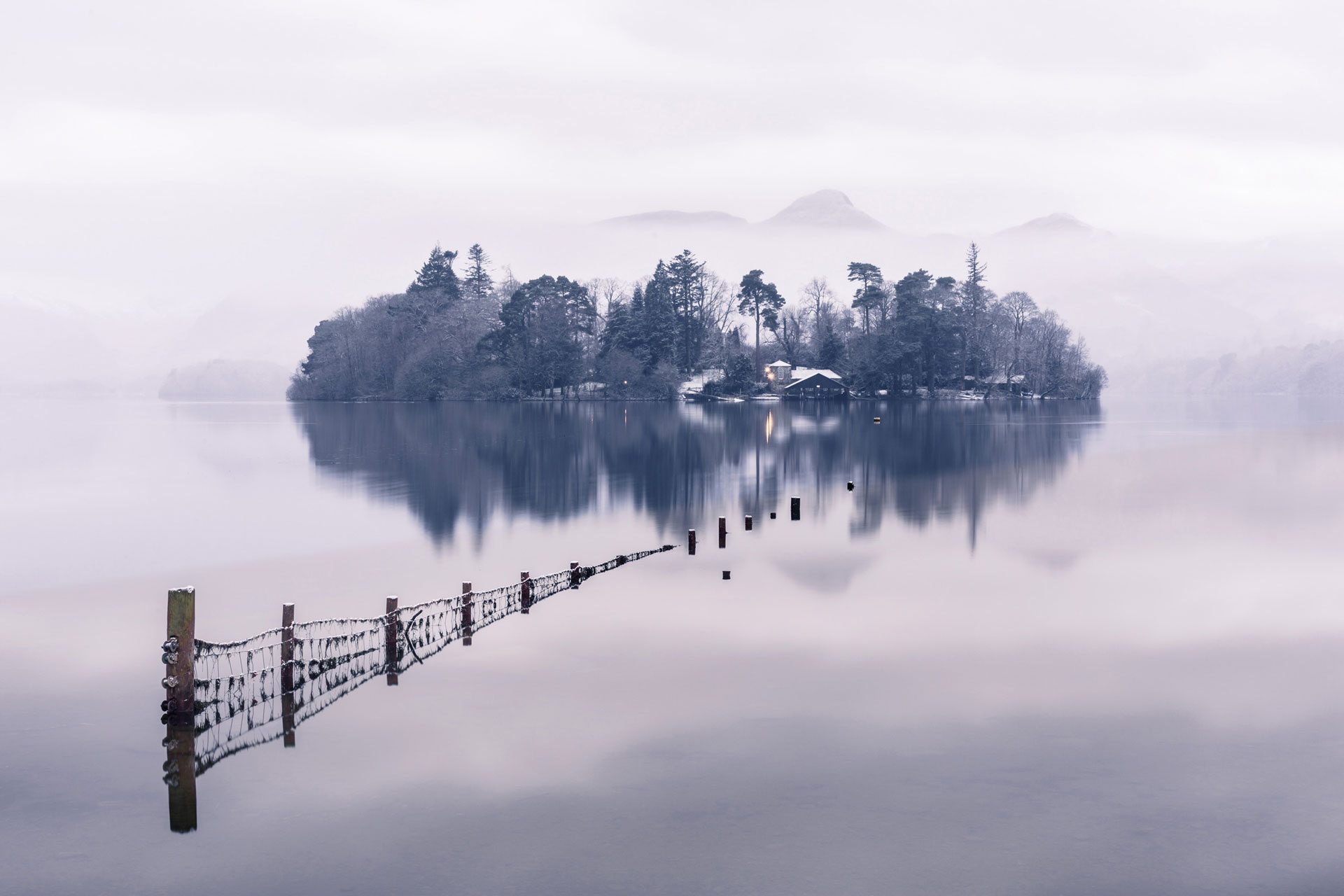
© Matthew White, ‘Derwentwater Dream’, Cumbria, England, Landscape Photographer of the Year 2016
Perfect timing is required to create a successful image in crossover light; that period of the day when ambient light and artificial light are both present and the balance between them is shifting by the minute. The retention of colour in the sky is very important and the juxtaposition of warm and cool colours, in this case oranges and blues, is visually powerful.
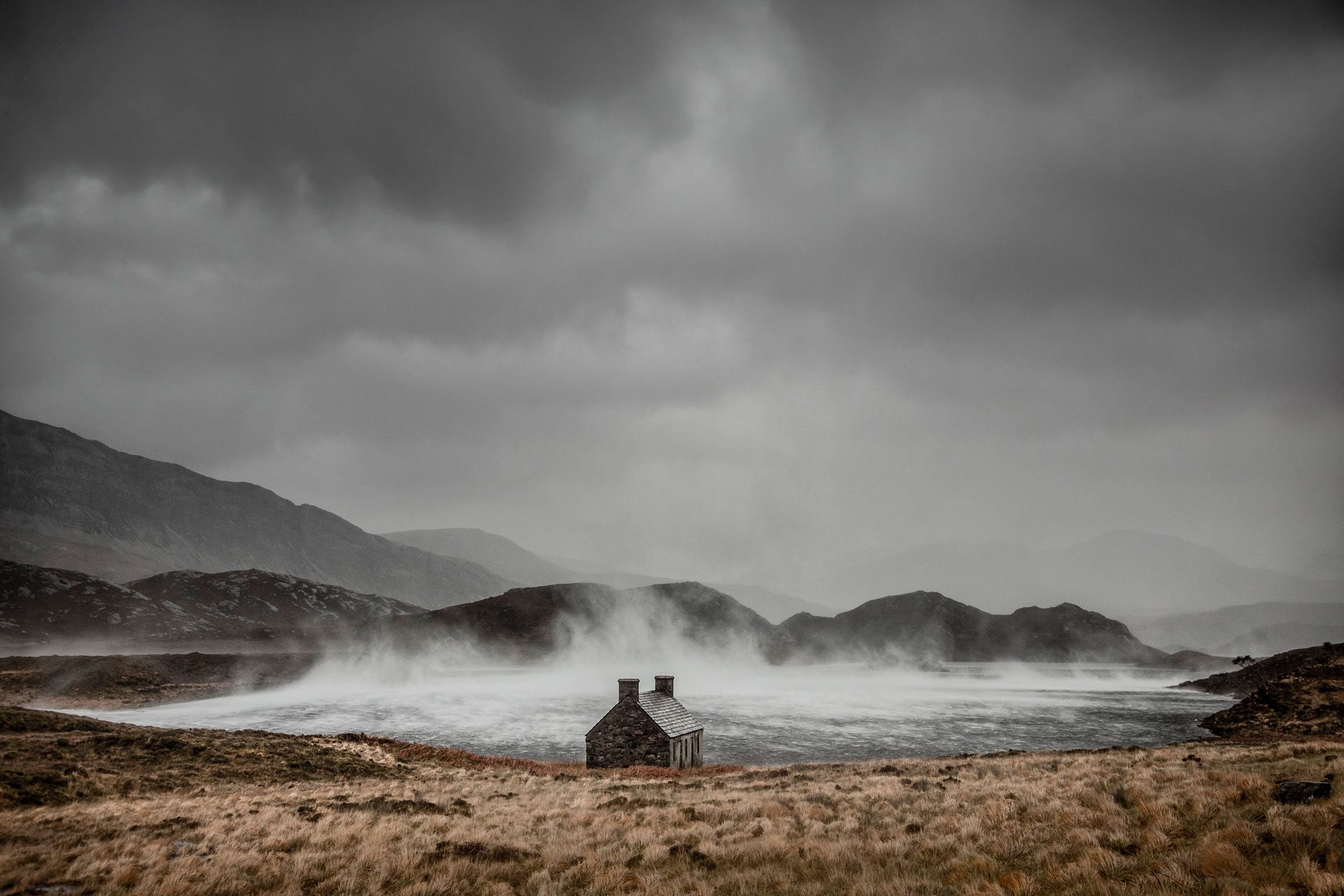
© Dougie Cunningham, ‘Shelter from the Storm’, Loch Stack, Sutherland, Scotland, Category – Classic Vew
Black & White?
The absence of colour distils an image to its essential parts and makes it easier for the viewer to relate to. It is important to decide before you press the shutter whether the final image will be B&W or colour and consider the way that colour tones & values will convert. When using symmetry, it must be precise, as the eye of the viewer is very discerning and will instantly spot a lack of balance.
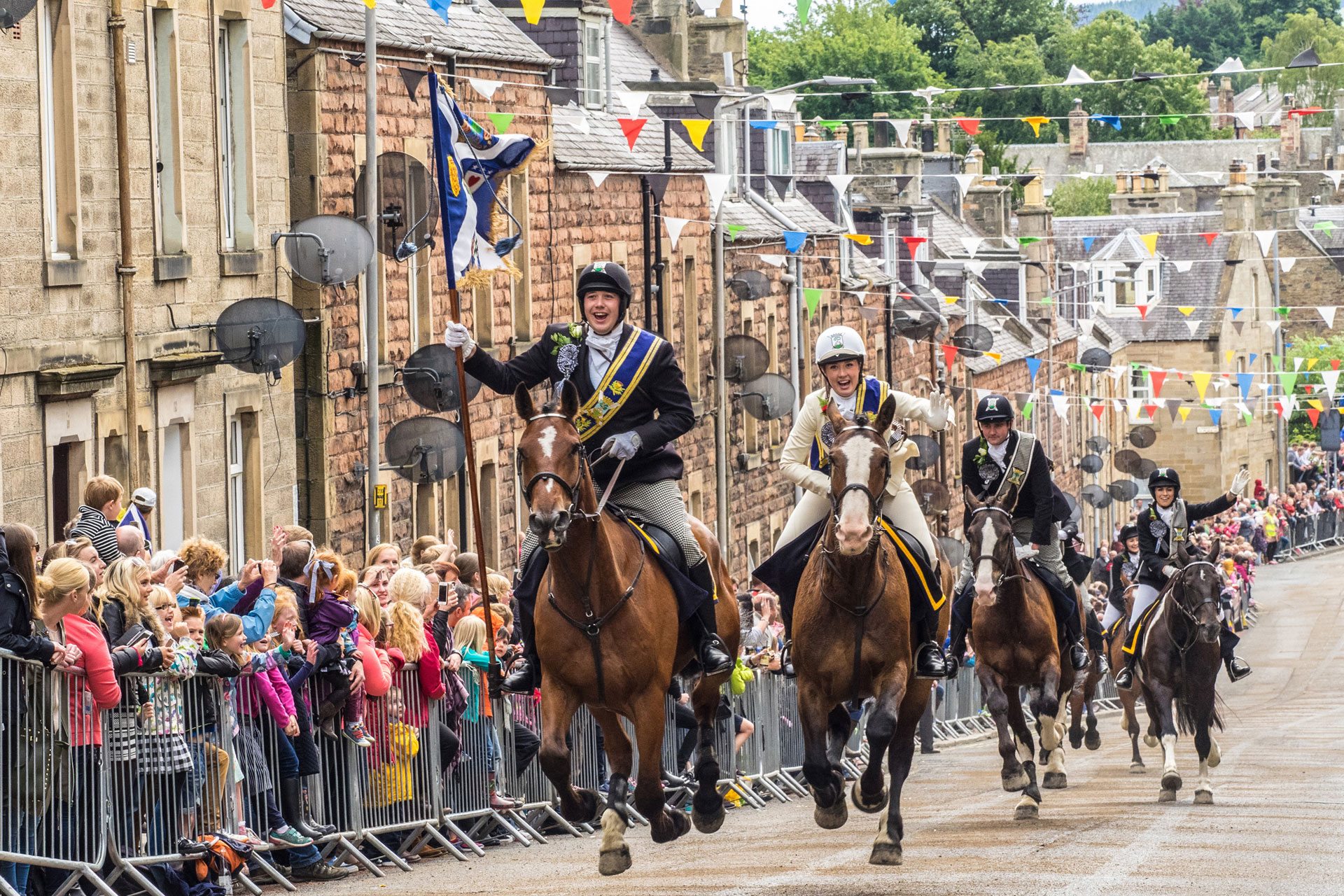
© Curtis Welsh, Charge! Galashiels, Scotland, Landscape Photographer of the Year, 2016
Look for patterns and punctuations in the landscape and make use of the shadows thrown by features such walls. Rectangles, diagonals and squares are used here to fragment the frame in a balanced and pleasing way and the mist subdues and conceals a background that would interfere with the simplicity of the scene.
Charlie Waite is the founder and head judge of the Landscape Photographer of the Year Awards. The 2017 Landscape Photographer of the Year competition is now open for entries. If you want to be in with the chance of winning £10 000 enter here.
What else is going on this month? Consult our cultural events guide here.
